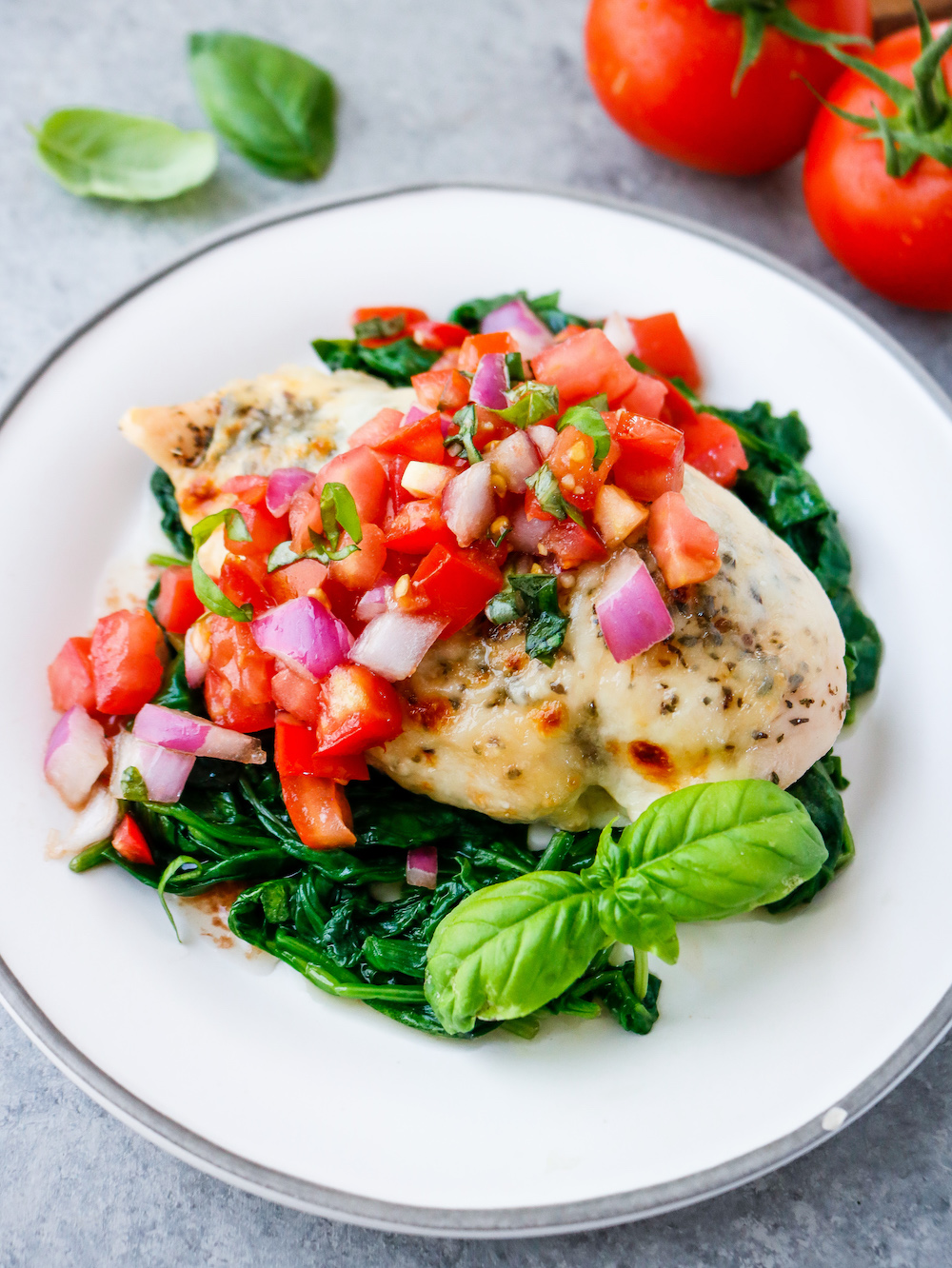I understand how difficult it can be finding the right balanced diet for our lifestyle, goals, and not giving up all of the foods we enjoy. For some years now, we have been working diligently in the macro diet realm, and sometimes we still get asked, “What is a macro friendly recipe?” Macro diets, also known as macrobiotic diets, center one’s eating on three primary macronutrients, i.e. proteins, fats, and carbohydrates. Each one of these macros produces an amount of heat-energy known as kilocalories, also known as kcals. With people being unique, every person tends to have their own unique macro numbers to measure. The focus of the diet is on the macros themselves, as opposed to the kcals. Understanding the kcals behind each macro is a significant part of the diet. Let’s go through the diet to see what is considered to be macro friendly recipes.
Why Do Macros Matter?
The macro diet focuses on three primary sources, i.e. proteins, fats, and carbohydrates. With each of these macros, there is a number of kcals to be compared to ensure a person is not starving themselves into weight-loss. Macros also help us be conscientious of the calories and the sources of those calories, because each food group affects the body in different ways. We certainly would not suggest that 100 grams of low fat protein would have the same outcomes as 100 grams of carbohydrates on the body. Protein is measured as 4 kcal per gram; Fat is 9 kcal per gram; and, Carbohydrates are 4 kcal per gram. This understanding, and personal scientific approach to one’s diet, has been studied and suggested to help prevent obesity, Alzheimer’s, heart disease, diabetes, and so much more.

How to Know What is Macro Friendly
How to know what dishes or foods are macro friendly is one of the more complicated tasks when it comes to calculating the macro diet. The macro diet requires a special calculation that incorporates your individual age, sex, height, weight, activity levels, and dietary goals. However, the great news about the macro diet is that it does not necessarily discourage you from eating whatever you want, such as pizza, burgers, fries, pasta, etc., it only matters if you are meeting the required macro counts themselves. Because this diet allows for some favorite junk food items, it is sometimes referred to as a flexible diet.
How do you know what to eat and not to eat if the calculation is so tricky then? We got you covered! Luckily for you, we at Meal Prep on Fleek, have a macro calculator for you to find the perfect diet plan that fits your individual macro needs.
The emphasis on the diet tends to be lower carb consumption, and higher protein and fat intake, but it is ultimately determined by your current and desired body composition(s). When you find a recipe that you’d love to try, be sure to consider the amount of protein, fat, and carbohydrates, and keep track of these throughout your day and week.
3 Macro Friendly Recipes
Because every individual has their own macro needs, we will provide 3 macro friendly recipes that are good for most people and most dietary goals. Keep in mind the protein, fat, carbohydrates, and overall calories as you learn what to look for.
Garlic Coconut Butter Chicken Thighs and Zoodles
21 g protein – 35 g fat – 14 g carbohydrates – 442 kcal
38 g protein - 13 g fat – 49 g carbohydrates – 463 kcal
Sheet Pan Bruschetta Chicken
48 g protein – 27 g fat – 21 g carbohydrates – 490 kcal

Moving Forward...

Meal Prep on Fleek has a calculator for your macro meal planning and individual dietary needs, as well as a growing number of macro friendly recipes and easy to follow videos! If you make any of these amazing recipes, please tag and share with the MPOF community.


Leave a Reply